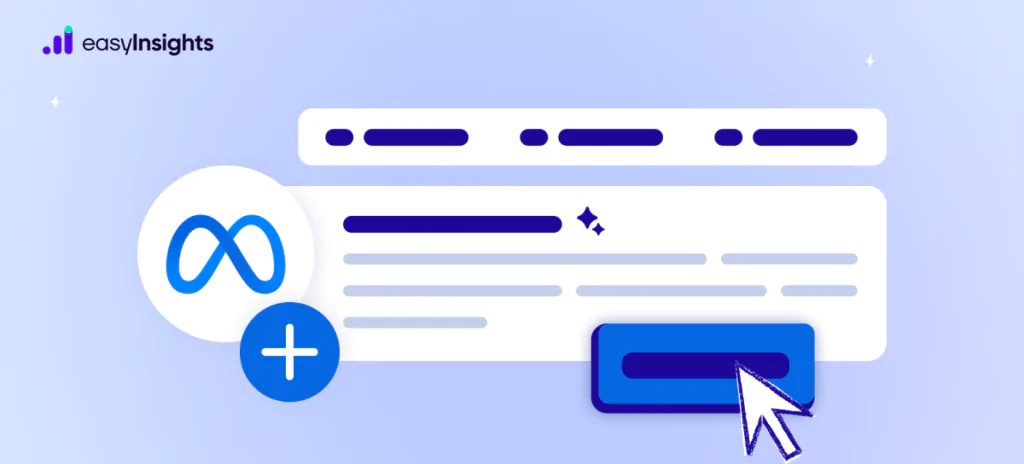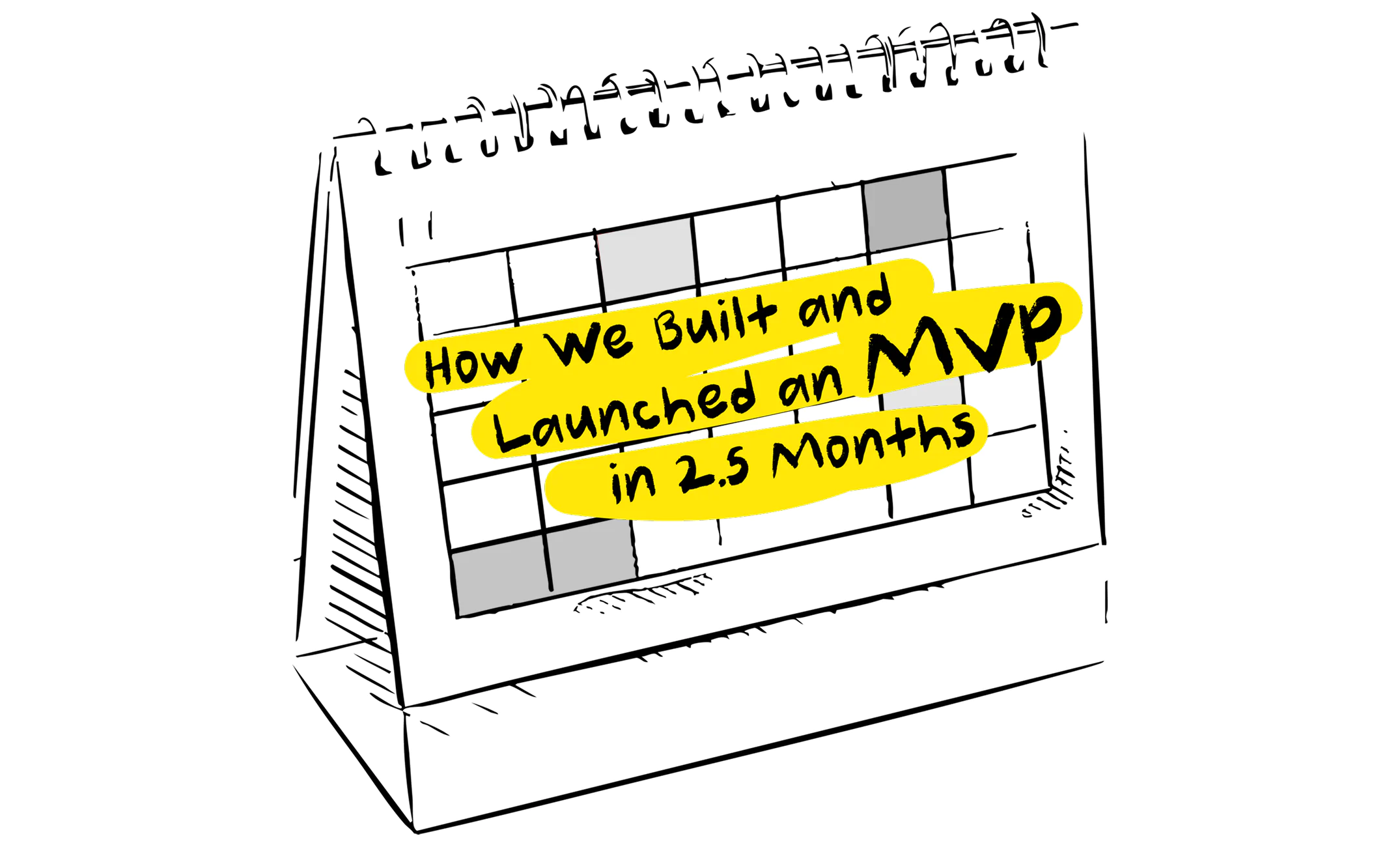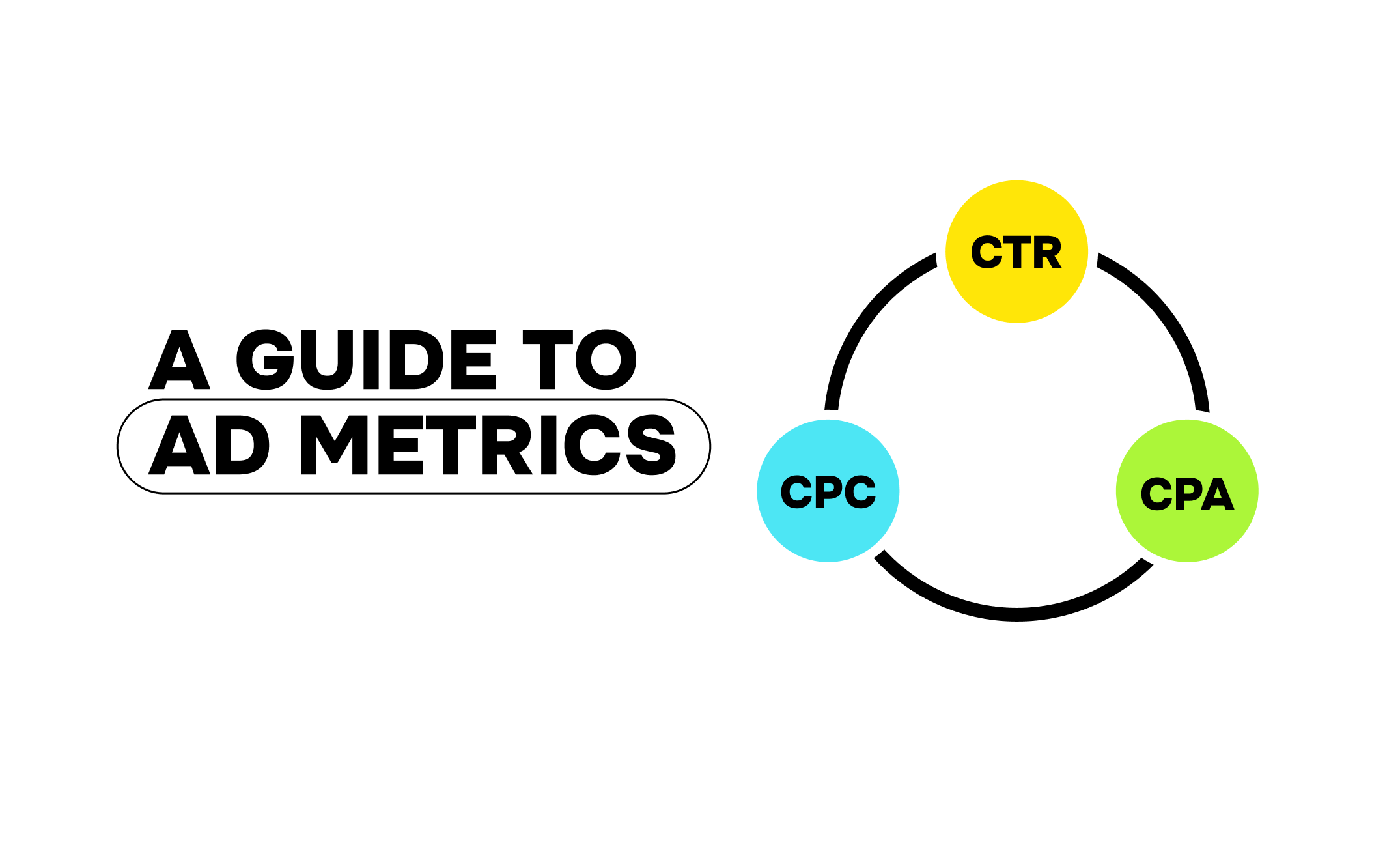Facebook and Instagram ads work differently in 2025 than they did before. The tools, the logic behind delivery, and the way audiences are chosen are all evolving fast.
Manual targeting is no longer enough to stay competitive. Meta now relies on machine learning and real-time data to decide who sees your ads, when, and why. Advertisers who keep up are cutting costs and boosting conversions.
Those who don’t? They’re wasting the budget on outdated tactics.
This article breaks down what’s changed in Meta’s targeting in 2025, how it’s reshaping campaign results, and what you can do today to stay ahead.
What’s New in Meta Targeting in 2025
The biggest shift is Meta’s full embrace of automation. The Advantage+ suite, powered by AI, now drives targeting, creative, and budget decisions. Instead of handpicking tiny audience segments, advertisers are encouraged to go broad and let the system optimize based on live performance data.

Highlights from Advantage+
- Advantage+ Shopping Campaigns: Fully automated campaigns for e-commerce businesses. You upload your product catalog and creatives, and Meta handles audience, placement, and budget optimization.
- Advantage+ Audience: A dynamic targeting option where Meta starts with your suggested audience but expands beyond it using AI if it detects better opportunities.
- Advantage+ Creative: Automatically enhances your visuals (e.g. adding templates, adjusting colors, testing formats) for different users and placements.
- Advantage+ App Campaigns: Optimized for driving installs and in-app events, based on deep behavioral data.
- Advantage+ Campaign Budget: Automatically distributes your campaign budget across ad sets based on real-time performance, maximizing results without manual budget shifts.
Meta also introduced the Opportunity Score – a predictive 0–100 rating to help optimize campaigns before launch.
“Advertisers who enabled Advantage+ features saw a 22% increase in return on ad spend (ROAS) compared to those using traditional targeting,” according to internal Meta performance studies published in 2024 and confirmed by industry analysis from Envoli.
Why it matters
Where before you might spend hours testing interests, age brackets, lookalike percentages, and ad set splits, the 2025 model encourages you to go broad, feed the algorithm, and let the machine figure it out – a clear shift in targeting strategies for today’s Meta advertisers.
But don’t mistake simplicity for lack of sophistication.
Meta’s targeting engine is powered by Andromeda, a deep learning architecture introduced in late 2024. Through the Meta Pixel and Conversions API, it processes user behavior signals across Facebook, Instagram, Messenger, and even external websites. The system generates real-time predictions for every impression opportunity.
In Meta’s own engineering blog, the Andromeda model was credited with:
- An 8% increase in ad relevance score,
- A reduction in delivery latency, and
- The ability to scan billions of candidate ads per second and surface the most likely to drive user action.
As a result, manual audience selection is becoming obsolete, particularly for performance-focused campaigns. Broad audiences paired with Advantage+ outcompete micromanaged setups in many verticals, especially e-commerce, apps, and lead generation – a trend that reflects the latest Facebook advertising updates.

Top Targeting Trends in 2025
- Broad Targeting + Real-Time Optimization
The old approach of stacking interests and narrowing down to a 2M-person audience? It’s no longer the gold standard.
Today’s best practice is to go broad (use age, gender, and country filters only) and let Meta’s AI optimize delivery based on in-app behavior.
Why it works: Meta’s algorithms now analyze signals like watch time, product page views, add-to-carts, scrolling speed, and time spent on your site via the Pixel or Conversions API. The more room the algorithm has to explore, the faster it identifies high-converting segments.
Example: According to insights shared by Jon Loomer, Advantage+ Audience targeting has demonstrated a 13% lower median cost per product catalog sale, a 7% lower median cost per website conversion, and a 28% lower average cost per click, lead, or landing page view.
- First-Party Data as Now Core
With the deprecation of third-party cookies and the phasing out of sensitive targeting categories, first-party data is now king. Meta encourages advertisers to upload:
- CRM lists (emails, phone numbers),
- website visitor audiences,
- app user behavior (via SDKs),
- offline conversion data (POS, call centers).
These datasets fuel Custom Audiences and help Meta build predictive lookalikes using deep learning.
Example: The fashion retailer Frankie Shop used Meta’s Conversions API to capture missed website conversion events and improve signal quality. As a result, they achieved a 30% improvement in return on ad spend (ROAS) across their campaigns.
Meta now scores first-party data quality silently. Advertisers who send high-fidelity data such as names, emails, phone numbers, and conversion value tend to get better performance because the algorithm learns faster. This level of signal strength is especially important in the context of Meta AI advertising, where optimization depends heavily on data accuracy.
- On-Platform Retargeting Is Back in Focus
With the decline of cookie-based retargeting, advertisers are shifting toward engagement-based audiences inside Meta’s ecosystem:
- People who viewed a Reel or video ad >3 seconds
- Instagram profile engagers
- Users who clicked a lead ad but didn’t submit
- Page visitors tracked via Pixel or CAPI
These high-intent users form the backbone of cost-efficient retargeting. Unlike website-only retargeting (which relies on browser cookies), these audiences are based on platform behavior and are privacy-safe.
Data point: According to Meta’s 2025 internal benchmarks, retargeting campaigns based on video engagement achieve 3.2x higher CTR and 41% lower CPA than generic web visitors.
- Creative Doubles as a Targeting Signal
Targeting in 2025 focuses on how your ad resonates with the audience selected by the algorithm. Leading brands are developing multi-variant creative sets — multiple headlines, descriptions, visuals, and utilizing Meta’s Advantage+ Creative or Dynamic Creative Optimization (DCO) to automatically test combinations. This approach reflects major Meta advertising trends 2025 and plays a critical role in target audience optimization across different campaign objectives.
Example: A fintech application implemented Dynamic Creative within an Advantage+ campaign, resulting in a 40% increase in return on ad spend (ROAS) and an 82% decrease in cost per purchase (CPP). Additionally, 71% of the cost per “add to cart” actions was reduced.
How It Affects Campaign Performance
Advertisers using Advantage+ and broad audiences report lower costs and higher returns across key metrics.
According to Meta’s internal benchmarks, switching to Advantage+ cuts CPA by up to 32%, especially in ecommerce and lead gen verticals. CTRs are up by 11–15%, driven by more relevant delivery and dynamic creative combinations. At the same time, CPC tends to decrease by 5–10% in competitive segments, particularly when using high-quality creatives and clean event data.
The gains are not automatic.
Campaigns with poor data feeds, outdated creatives, or broken tracking tend to experience slower optimization and weaker results. But when campaigns are structured correctly with broad targeting, updated creatives, and accurate conversion tracking, Meta’s 2025 system consistently delivers more conversions for the same or even lower spend. Effective use of tools like Retargeting Meta also helps maintain performance, while improved signal quality directly impacts advertising cost on Meta.

How to Compete in 2025
- Start Broad and Feed Good Data. Use wide targeting and send Meta real, quality signals. Install Pixel and Conversions API (CAPI). Upload CRM data. Turn on Detailed Targeting Expansion. Use lookalikes from your highest-value segments. The more interaction Meta can analyze, such as page views, scroll depth, and add-to-carts, the faster the system learns who is likely to convert.
- Batch-Test Your Creative. Try Advantage+ Creative or Dynamic Creative Optimization (DCO) to test 4-10 versions at once. Include a mix of formats and refresh creatives every 2–3 weeks to avoid fatigue. Remember, that Meta prioritizes ads with strong engagement signals in auctions, meaning better creatives lower your CPM and increase delivery efficiency.
- Build a Reliable Data Infrastructure. Install both Pixel and Conversions API (CAPI). Deduplicate events. Aim for a “Good” or “Great” Event Match Quality. Include values in purchase events to unlock value-based bidding. Make sure all events are deduplicated (Pixel + CAPI shouldn’t double-fire) and that data is sent in real time, with revenue or quality scores where applicable.
- Consolidate Campaign Structures. Avoid splitting budgets across too many small audiences. Use Advantage+ Budget or Campaign Budget Optimization (CBO) to let Meta optimize spend. Fewer campaigns = faster learning. Group campaigns by objective and let Meta determine placement and audience allocation dynamically.
- Focus on Engagement-Based Retargeting. Build audiences from video viewers (≥3 seconds or ≥75% viewed), page visitors, and lead form openers. These are reliable signals, less affected by browser restrictions. You can also enable Advantage Custom Audience Expansion to let the AI go beyond your base list and find similar people.
- Track and Adjust Based on Outcomes. Focus on CPA or ROAS. Review weekly and shift budgets based on real performance. Use A/B tests or lift studies to confirm what’s working.
Final Thoughts
Meta targeting in 2025 is less about who you think your audience is, and more about supplying the system with the right signals so it can find them for you.
The brands winning right now:
- Test consistently
- Lean into automation
- Invest in clean data
- Let creative drive performance
Still running your setup like it’s 2020? Time to update. We at mr.Booster can help you make a change and build high-performing Meta systems that scale. Let’s talk.


